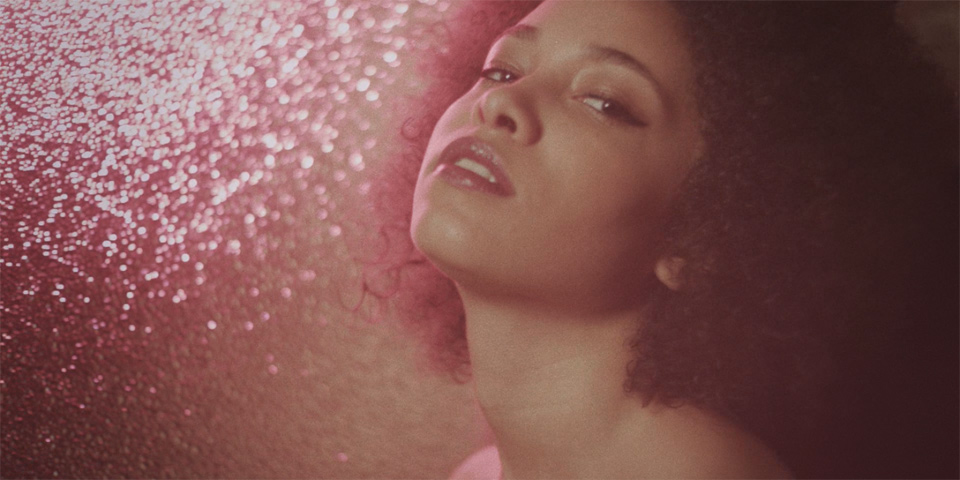Miramax recently invited me to write a guest post on their Sundance blog where I explore passion, creativity and influences. Full text below.
It was several years ago, sometime in the winter I was working on a short film in the swamps of Western Massachusetts. The temperature was dropping quickly and giant, sticky snowflakes were beginning to fall lazily from the gray sky overhead. Knee deep in mud and leaves, freezing, wet and miserable, with a heavy camera on my shoulder, it was there that I turned to a close friend of mine and said “I wouldn’t want to be anywhere else right now. Would you?” At that moment I knew I had found my life’s passion.
So it is intimidating and invigorating arriving in Park City for my first Sundance Film Festival surrounded by nothing but passion; for films, stories, life, friends old and new. Some of the most influential filmmakers in history have passed through here, and I like to think that they felt the same excitement and butterflies as I do. One of my all-time favorite filmmakers, Quentin Tarantino, premiered Reservoir Dogs here just over 20 years ago, and has since continued to leave his mark on modern filmmaking, and me.
I was 14 years old when I first watched Pulp Fiction, and I remember absolutely hating it. I was bored at first, then annoyed, but for some reason, I found myself watching it over and over. There was something special about it – something that was unlike anything I had seen before. There was a cool, funky beat to the dialogue and action; it ebbed and flowed, sped up and slowed down. It was visual jazz. It was perfect in its imperfections, and I grew to love every second of it.
Like Tarantino, I did not go to film school. I dropped out of UMass Amherst after one year of missed classes and alcohol-fueled ragers, during which, somehow, I was able to participate in a feature film that was at once an utter disappointment and an eye-opening experience. It was a no-budget, multi-year project on which I wore many hats and made me never want to work in film again.
Over the next few years, I had decided against culinary school and was toiling away in a fluorescent-lit hell, dreaming about doing something I could love. On a whim, I took a screenwriting class at a local nonprofit and volunteered to be cinematographer on a 48 Hour film for my professor. Six months later I was laid off and spent the next 24 hours freaking out, only to realize that I had already found my calling.
Fast forward to 2011 – a woman named Stacie Passon emailed me saying she had seen my cinematography reel and would like for me to read her script to see if I would be interested in shooting it. One engrossing read later I was ecstatic and overjoyed; I wanted to cry and scream in anger and happiness. This was a film that needed to be made. This was Concussion.
A beautiful, raw story; the barbaric yawp of a million voices trapped within suburban prisons and behind walls of discrimination. An unrestrained revolt against the status quo whose time had long passed, but was still parading through the town square, nude, oblivious to the shouting voices around it. One giant risk that was worth taking simply because there was no other choice, and thus we dove in without hesitation or reservation.
Although the film is first and foremost about the performances, Stacie encouraged me to take risks with the cinematography. We used odd angles and perspectives; we cut off faces with the frame. We even had a long list of rules to guide us to create the visual narrative – but the most important rule is that rules are made to be broken.
It’s important to have someone that can encourage your passion and risk-taking. Miramax has made a mark on the indie film scene exactly because of this reason – they believe in filmmakers to tell their stories the way they should be told. It comes as no surprise that some of my favorite films have made their way through Miramax: No Country for Old Men, There Will Be Blood, Sin City, The Diving Bell and the Butterfly, Amelie, Hero, and every Tarantino film. They foster a culture where voices are heard and ideas can grow.
Every passionate storyteller deserves to have that environment, be it a trusted friend, a mentor, a loyal crew or a studio that is there to nurture, to educate and to inspire. Love and passion and fearlessness of the unknown should be encouraged to take us forward. We have a responsibility to create and grow a community that champions these ideals.
So at this Sundance, I feel that I am truly surrounded by it – and it is beautiful.





























